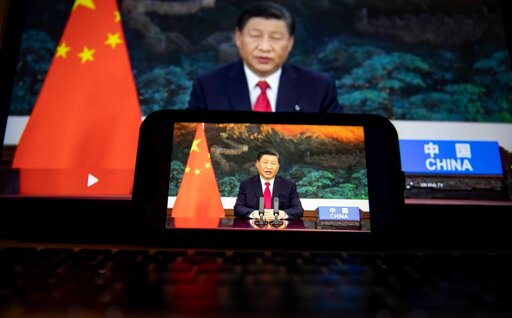translated using le chat by mistral
Here is a translation of the key points from the article “China has used a powerful weapon in the trade war. Without it, there is no electronics” (original in Polish):
China Warns Against Stockpiling
Amid rising trade tensions, China is increasingly leveraging its dominant position in the market for critical raw materials—essential for energy transformation and the defense industry—forcing global supply chains to reconsider their strategies. Beijing is tightening control over the export of rare earth elements, issuing stern warnings to Western companies against building strategic reserves.
According to the Financial Times, Chinese authorities are directly communicating that stockpiling beyond immediate operational needs may result in supply restrictions. This is a clear signal that export control has become a tool of geopolitical pressure for China.
Rare Earth Elements as a Trade War Weapon
China’s dominance in this sector is overwhelming. It processes about 90% of the world’s rare earth metals and accounts for 94% of the production of permanent magnets, which are crucial for electric vehicle motors, wind turbines, and advanced electronics. Beijing strictly regulates both mining and processing. Last year, only two state-owned enterprises received export “quotas.” Western companies, concerned about potential supply disruptions, have begun intensively stockpiling these materials. Chinese authorities have labeled this as “panic buying,” which, according to the FT, destabilizes and distorts the market.
Beijing’s actions are already having tangible effects. A recent survey by the US-China Business Council found that half of the affiliated companies reported their applications for rare earth metal exports were rejected or remain pending. Trade data confirms this trend: in June, China exported 3,188 tons of permanent magnets, a 38% year-on-year decline.
Trade War Escalation
Statistics are alarming—the export volume in Q2 2025 was half that of the same period in 2024. Restrictions intensified in April 2025 when China imposed a requirement for special licenses to export seven key elements, including dysprosium, terbium, and samarium. This was a direct response to US tariffs, demonstrating Beijing’s willingness to use its resource monopoly in trade disputes. The result? Market prices surged—by May, dysprosium prices in Europe had tripled to $850 per kg, and terbium reached $3,000. Some Western firms, like the US-based Regal Rexnord Corp., are adapting by relocating part of their production to China, assembling magnets on-site and exporting finished components to bypass raw material barriers.
Background: US-China Trade Conflict in 2025
2025 saw a sharp escalation in the trade conflict between Washington and Beijing. In early April, the US imposed record tariffs of up to 104% on Chinese goods. China retaliated almost immediately with counter-tariffs of up to 125% on US imports. Although a temporary truce in May lowered rates for 90 days to allow negotiations in Geneva, no lasting agreement was reached.
Key Takeaways
- China is using its control over rare earth elements as leverage in the trade war.
- Western companies face export restrictions and are adapting by moving production to China.
- The market has seen significant price volatility due to these restrictions.
- The US-China trade conflict remains unresolved, with both sides imposing high tariffs.
Removed by mod

